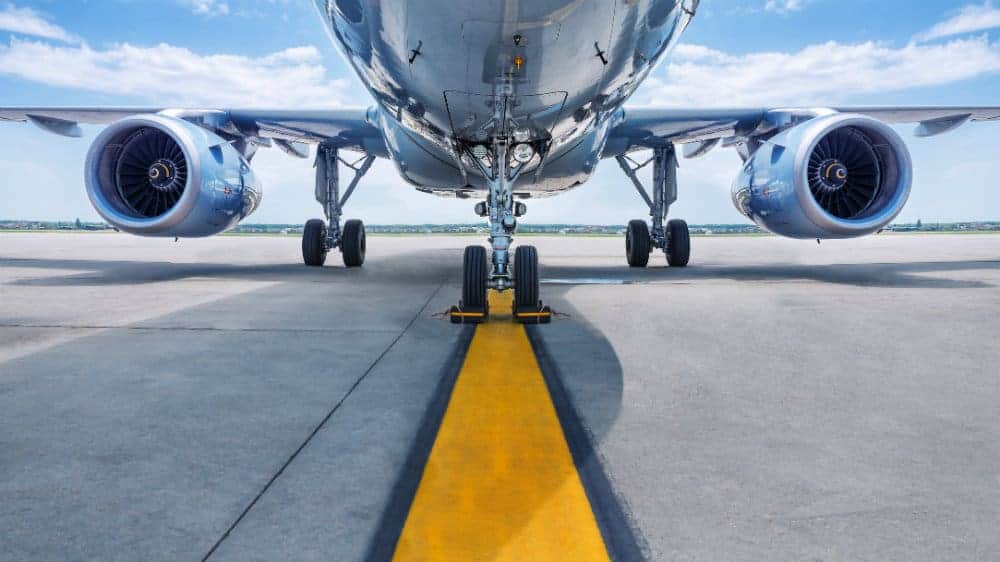The Rolls-Royce (LSE:RR) share price is up almost 99% in six months. It’s trebled in the last 12 months, up 220%. So why am I considering this FTSE 100 stock now?
Big changes are afoot. The British aerospace engine maker laid out plans for the next four years in a late November update. It said profits and cash in full-year 2023 results would be “materially ahead” of 2022.
Even more interesting from a growth perspective is the company’s planned disposal programme. In short, this means Rolls-Royce selling off its unprofitable units. Bosses will use around £1bn to £1.5bn of cash from sales to reduce debt.
Should you invest £1,000 in Costain Group Plc right now?
When investing expert Mark Rogers has a stock tip, it can pay to listen. After all, the flagship Motley Fool Share Advisor newsletter he has run for nearly a decade has provided thousands of paying members with top stock recommendations from the UK and US markets. And right now, Mark thinks there are 6 standout stocks that investors should consider buying. Want to see if Costain Group Plc made the list?
Most notably, the company is looking to sell off the part of its business that makes electric aircraft engines.
Ex-BP executive Turfan Ergenbiliç is now the group’s CEO. He said the company had to make difficult choices “on resource allocation”. The electric plane engine unit would offer “better value to a third party”, he said.
Short-haul electric planes could be a hit in the next few decades. But building engines for a market that does not yet exist? That’s a costly move.
CEO factor
Ergenbiliç wants to quadruple operating profit by 2027 and generate higher cash flows. His stellar performance since coming on board reminds me of other respected FTSE 100 CEOs, such as Amanda Blanc at Aviva. Both have shepherded their companies through turnarounds, cutting costly or unprofitable units and paying down debt.
Ergenbiliç has wasted no time. He has laid out to his 40,000 employees the urgency of shifting gears on years of underperformance.
In October Rolls-Royce said 2,500 jobs would be cut to save further costs.
Let’s also look at the company’s valuation. At 300p, the stock trades at a price-to-earnings ratio of 24. Taken on its own, that doesn’t look cheap. However, most investors miss this next crucial part of the picture. Rolls-Royce says it will grow its earnings by 51% next year. That gives us a price-to-earnings growth ratio of 0.7. That is cheap!
Why now?
From a psychological perspective, it is very difficult to buy stocks when they have already risen considerably in price. We all love a bargain as investors, and when a stock has tripled in price in the last 12 months? We wonder whether there’s still value to be gained.
What we may not consider is anchoring bias. This is a natural tendency to use the first number we see as a benchmark. And just because the Rolls-Royce share price has run up from 40p to 300p? It does not mean that the price cannot move higher. Or lower, of course.
Remember: a share price is just a general indication of a company’s health. Increased profits will drive that price higher. Excessive debt will pull it down.
A lower debt burden from interest payments could mean more free cash flow available.
Dividends are paid from a company’s free cash flow. Analysts now suggest the company could pay up to 2.5p per share of dividends in 2024.
But if Ergenbiliç’s aggressive tactics are not successful? If he goes too far, too fast? Then the share price could tank again.
But Rolls-Royce, under this leadership, looks quite the different beast than two years ago. Even at 300p, that still looks a good deal to me.








